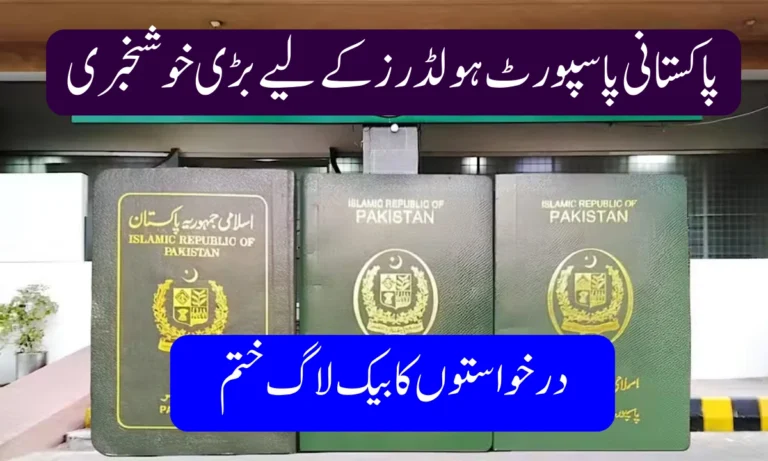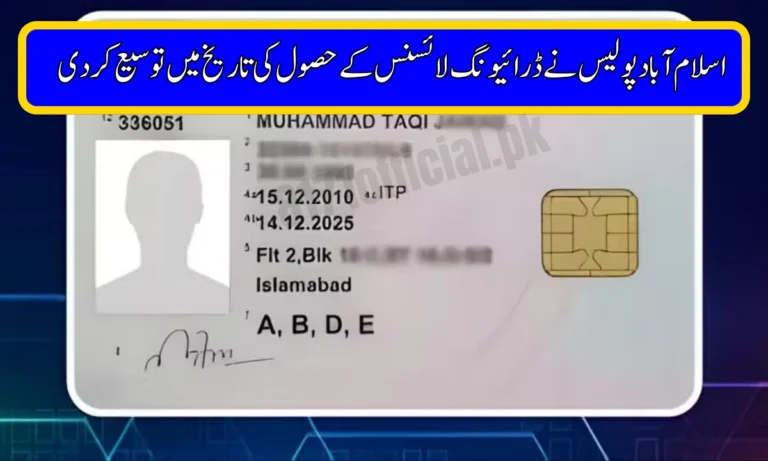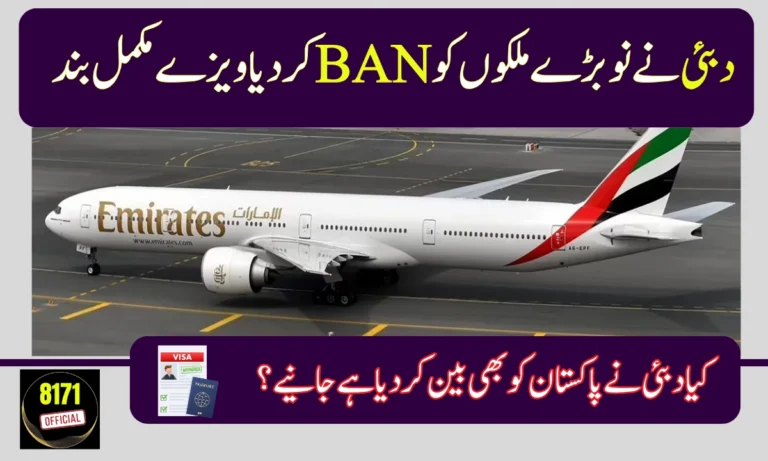Pakistan has reaffirmed its ban on Indian commercial airlines, military flights, and India-registered aircraft from using its airspace. The decision, announced through a new Notice to Airmen (NOTAM), extends a restriction that has already lasted 210 consecutive days.
✈️ Why Did Pakistan Close Its Airspace?
-
The closure began after India suspended the Indus Water Treaty following the Pahalgam attack in Indian Illegally Occupied Jammu & Kashmir (IIOJK).
-
In retaliation, India blocked Pakistani airlines from flying over its territory on April 30, 2025.
-
Pakistan then extended its own ban on May 23, 2025.
⚔️ Escalation & Military Exchange
-
On May 6–7, India carried out airstrikes on Pakistani cities.
-
Pakistan retaliated with Operation “Bunyan-um-Marsoos”, striking Indian military positions.
-
Pakistani officials reported:
-
6 Indian fighter jets downed, including 3 Rafales.
-
Dozens of drones destroyed.
-
The confrontation lasted 87 hours, ending on May 10 after a US-brokered ceasefire.
-
💸 Aviation Impact
-
Indian aviation industry: Facing heavier financial losses due to longer detours and higher fuel costs.
-
Pakistani aviation: Officials say disruption has been minimal, with only limited route adjustments.
📖 Historical Context
This is not the first time Pakistan has closed its airspace to India:
-
1999 Kargil War → Indian airlines forced into costly reroutes.
-
2019 Pulwama Crisis → Extended closures caused major aviation disruptions.
✅ Conclusion
Pakistan’s airspace closure has now entered its seventh month, underlining the deep freeze in Indo-Pak ties. While India’s airlines continue to face major losses, Pakistan maintains the restrictions as part of its strategic response.












